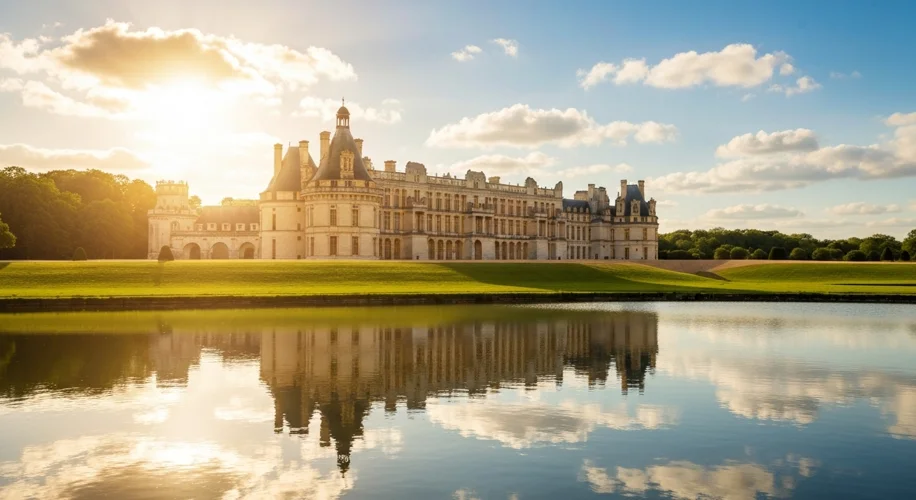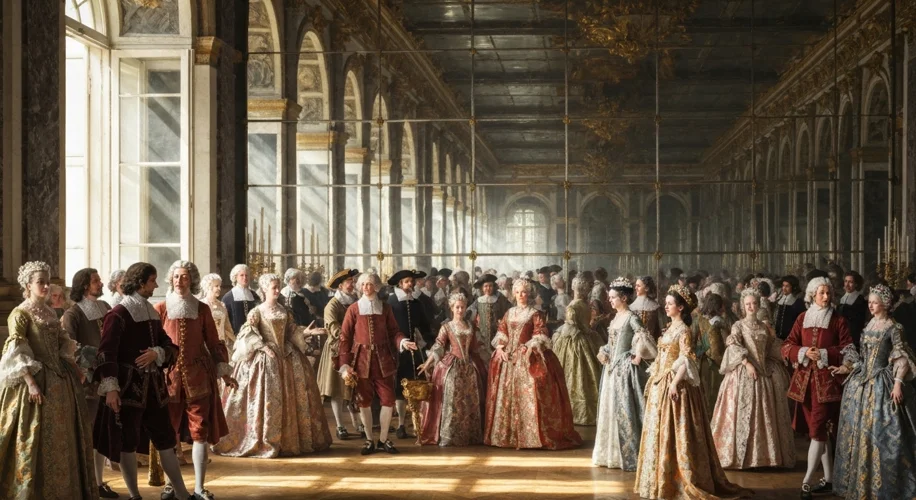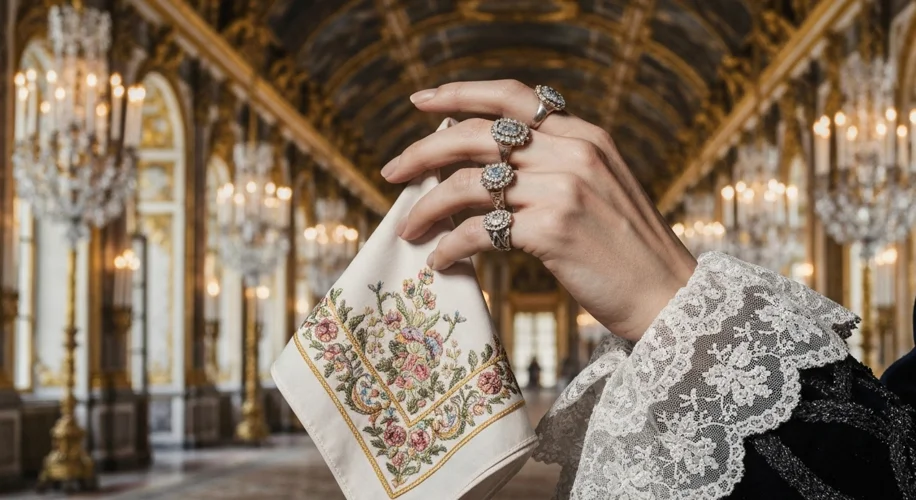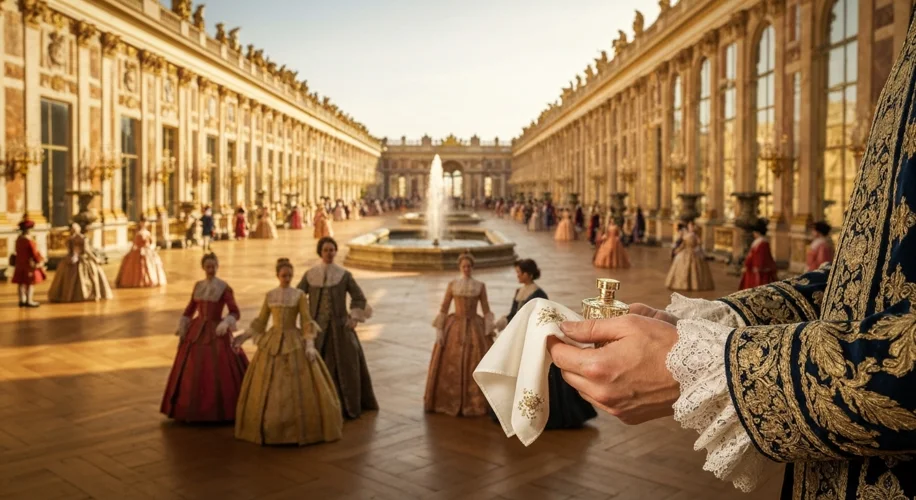The year is 1661. The young Louis XIV, the Sun King, ascends to the throne of France, inheriting a nation teetering on the brink of a new era. But it was not in the hallowed halls of Paris that Louis would etch his name into history, but rather in the opulent, ever-expanding palace of Versailles. What began as a humble hunting lodge would transform into the glittering epicenter of French power, a gilded cage designed to both celebrate and control the very aristocracy it housed.

For centuries, French monarchs had grappled with the unruly nobility, a constant threat to royal authority. The Fronde, a series of civil wars during Louis XIV’s childhood, had left an indelible mark, a stark reminder of the dangers posed by powerful dukes and ambitious counts. Louis’s solution was as audacious as it was brilliant: he would lure the nobility to Versailles, bind them to his presence with the dazzling allure of luxury and ceremony, and thereby neutralize their potential for rebellion.
The move to Versailles was not immediate, but a gradual, calculated undertaking. Louis XIV began his grand project in earnest in the 1660s, envisioning a palace that would not only be a residence but a stage upon which his absolute power would be played out daily. Architects like Louis Le Vau and Jules Hardouin-Mansart, along with the landscape genius André Le Nôtre, were tasked with creating a monument befitting a god-king. The result was a breathtaking spectacle of Baroque architecture, a sprawling complex of gilded salons, mirrored galleries, and endless gardens designed to awe and intimidate.
Life at Versailles was a meticulously choreographed ballet of power and privilege. The nobility, once masters of their own domains, now found themselves vying for the king’s attention, their days dictated by the elaborate rituals of court life. Waking the king, assisting him with dressing, serving his meals – these were not mere chores but coveted opportunities, imbued with immense political significance. The closer one was to the king, the greater their influence. This constant competition for favor created a climate of intrigue and social maneuvering, where a well-timed compliment or a strategically placed rumor could make or break a career.

Consider the daily lever, the king’s waking, and the coucher, his retiring. These were public performances. The nobility would clamor for a glimpse, a nod, a chance to hand the king his shirt. This seemingly trivial act of presenting a particular stocking could signify the elevation of one courtier over another. The aristocracy was effectively domesticated, their warrior spirit channeled into the less deadly, but no less intense, battles of courtly etiquette and royal favor.
The sheer scale of Versailles was designed to overwhelm. The Hall of Mirrors, with its 357 mirrors reflecting the light from 578 sources, was a dazzling testament to French artistry and Louis’s unparalleled wealth. The gardens, a masterpiece of geometric design and hydraulic engineering, stretched for miles, dotted with fountains, statues, and hidden groves, offering a seemingly endless playground for the court. Yet, beneath the shimmering surface, the gilded cage held its inhabitants tightly.
While the nobility enjoyed unprecedented access to royal patronage and a life of luxurious idleness, they were also stripped of their independent power. Their energies were consumed by the endless pursuit of royal favor, their focus diverted from any potential challenges to the crown. Louis XIV, by concentrating the entire apparatus of the French state and its most powerful families within the confines of Versailles, ensured that his gaze, and therefore his control, was absolute.

The consequences of this grand experiment were profound. Versailles became the model for royal courts across Europe, its ceremonies and fashions emulated by aspiring monarchs. It solidified the image of the absolute monarch, a figure removed from the common people, ruling through divine right and the elaborate rituals of court. However, the immense cost of maintaining such a lavish lifestyle also contributed to the financial strain on France, a factor that would later play a role in the simmering discontent that led to the French Revolution.
In essence, Versailles was a masterpiece of political theater. Louis XIV, the ultimate showman, used architecture, ceremony, and the very ambitions of his subjects to forge an image of absolute power. He built a golden cage, not of iron bars, but of glittering opportunity, a gilded prison that ultimately served to consolidate his reign and reshape the very nature of French political life for generations to come.

